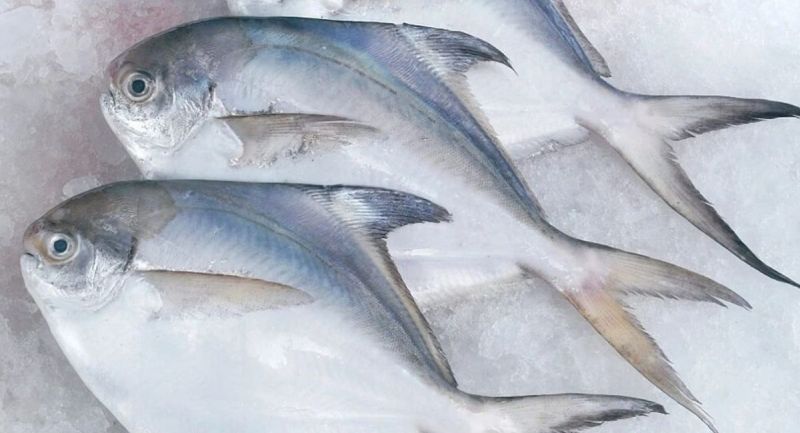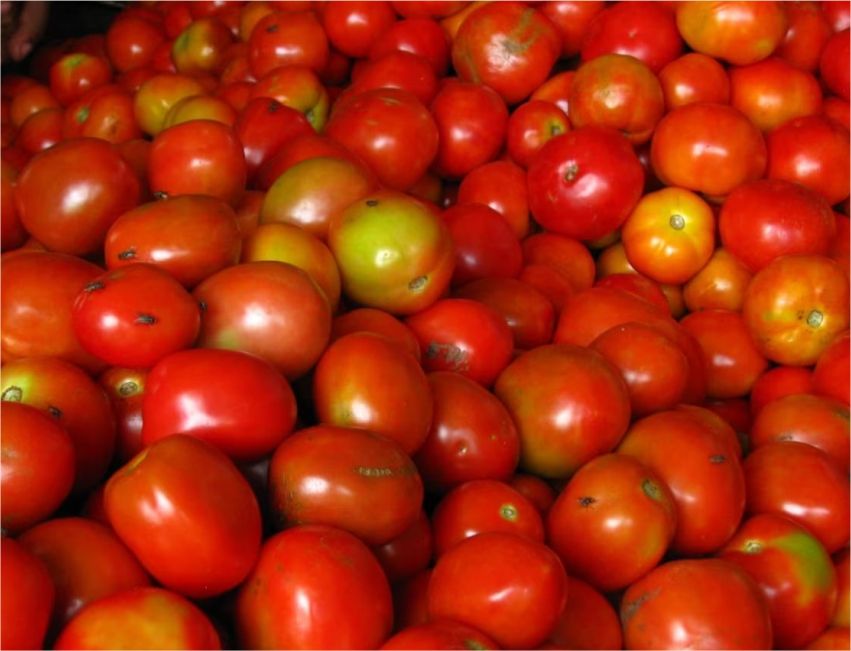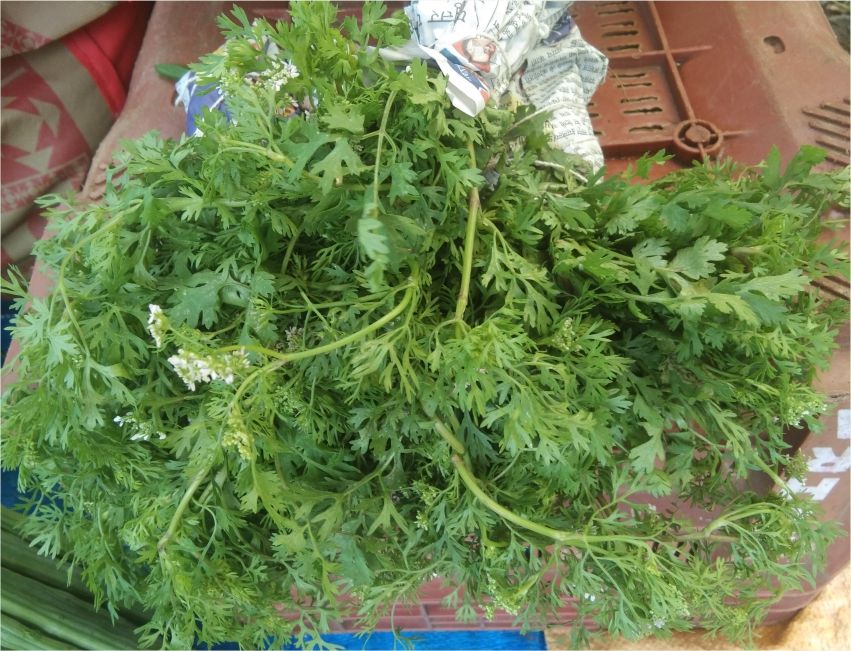Silver pomfret numbers drop sharply along Maharashtra’s coast

- Newsband
- 15 Apr, 2025
The silver pomfret, once a staple catch along Maharashtra’s coastline, is facing a sharp decline in population due to overfishing, mechanised fishing practices, climate change, and pollution. Once plentiful, the fish is now scarcer.
Locally known as saranga or chanderi pomfret, this fish was officially designated as Maharashtra’s state fish in September 2023. Prized for its soft texture, rich taste, and minimal bones, the silver pomfret has historically been a major source of income for coastal fishing communities.
In the 1970s, fishermen would report annual catches of around 1,200 tonnes, with fish typically weighing between 300 and 500 grams. These were mainly found off the coasts of Satpati, Vasai, Dahanu, and areas north of Mumbai. Over the years, the catch has been affected. In 2023, only 40 tonnes of catch for the entire year was recorded.
The size of the silver pomfret has also reduced over the decades. Between 1980 and 1985, the average weight was 350 grams. By the 1990s, it dropped to 300 grams. In the 2000s, the size fell to 200 grams, and by the 2010s, the average had declined to just 150 grams. In recent years, some fish have been recorded as small as 40 grams.
Pomfret breeds in shallow and sandy coastal waters near Veraval in Gujarat. These breeding grounds are under increasing threat due to human activity and the lack of enforcement of fishing restrictions. As a carnivorous species, silver pomfret feed on smaller fish, crustaceans, and squid—organisms that are also being affected by environmental degradation and overharvesting.
Mechanisation fishing has significantly contributed to the decline. Modern fishing equipment, such as gillnets and LED lights, trap juvenile fish have further attributed to the decline. Purse seine nets, designed to capture large schools of fish, do not spare smaller species. Trawlers from neighbouring states often exploit differences in fishing bans, operating illegally during Maharashtra’s monsoon ban from June 1 to Narali Poornima. Earlier, traditional fishing would pause during monsoons and festivals like Holi, giving marine life time to regenerate. That practice has largely disappeared.
To control the rapid depletion of juvenile fish, the Central Marine Fisheries Research Institute (CMFRI) proposed species-specific minimum legal catch sizes. The Maharashtra government adopted these recommendations in November 2023 and banned the capture of 54 species, including the silver pomfret, below certain size thresholds. The legal catch size for silver pomfret is now set at 135–140 mm in length. The state’s Department of Fisheries has warned of legal action against those violating the rules.
Maharashtra’s fishing sector includes a 720-km coastline, over 17,000 marine fishing boats (most mechanised), and 173 fish landing centers. Despite a total marine fish yield of 446,000 metric tonnes in 2022–23, the specific yield of silver pomfret has plummeted, reflecting the broader impact of unsustainable fishing practices.




